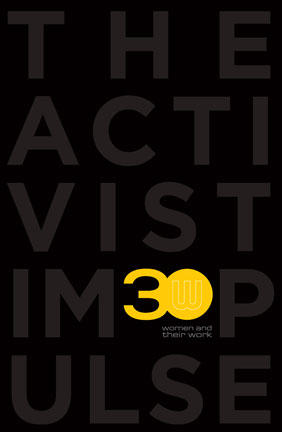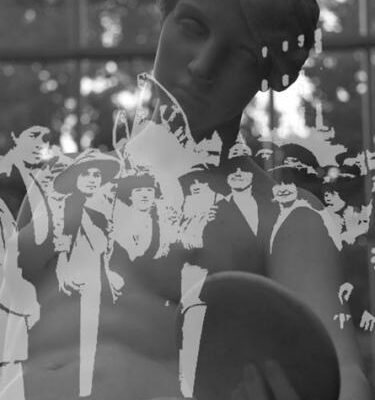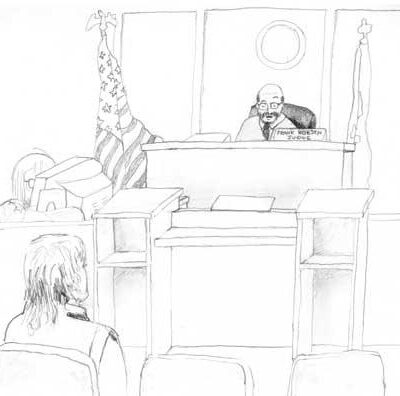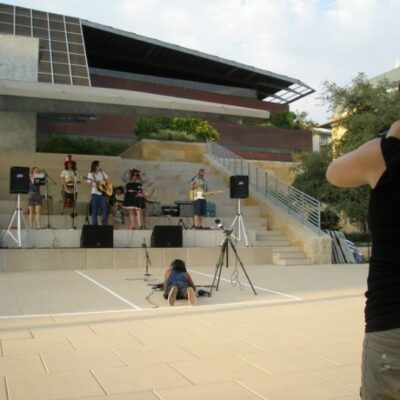
The Activist Impulse
Part of the wave of feminist artists’ revolt against their invisibility in museums and galleries in the 1970s, three activist artists founded Women & Their Work (WTW) in Austin, TX, to create their own venue. Now 30 years old and still thriving, the nationally recognized nonprofit arts organization asked itself, “How does activism play out in the work of women artists today?” The Activist Impulse is a response.
The exhibition will showcase the work of four women artists and one artist team. Curated by Regine Basha, Adjunct Curator for Arthouse at the Jones Center, co-founder of Fluent~Collaborative and curator of more than 35 exhibitions in the US, Canada and Europe, The Activist Impulse will open October 10 at the WTW Gallery. Featured artists are concerned with illuminating abuses of power, memorializing acts of personal and political transgression and re-distributing information networks. From the U.S. and abroad, they use video, photography, drawing and performance to manifest how art can be an agent of change.
In a time when “activism” is sometimes condemned as a dirty word and can be obvious and heavy handed, The Activist Impulse shows that activism can be subtle and complex as well as humanistic. The work in the WTW exhibition shows distinctive approaches to investigating disputed issues such as illegal immigration, the Israeli/Palestinian conflict and women’s rights in a thoughtful, nuanced way.
WTW is the only women’s art organization in the US that has survived over a 30-year period in which the boldness and energy of forging greater visibility and recognition for women artists has been dissipated by social perceptions, economics and continuing bias (intentional or not). In a survey of the inclusion of women artists in museums and gallery shows in Texas in 2006, WTW found that male artists still predominate gallery and museum exhibitions by three to one, contrary to widely held assumptions.






